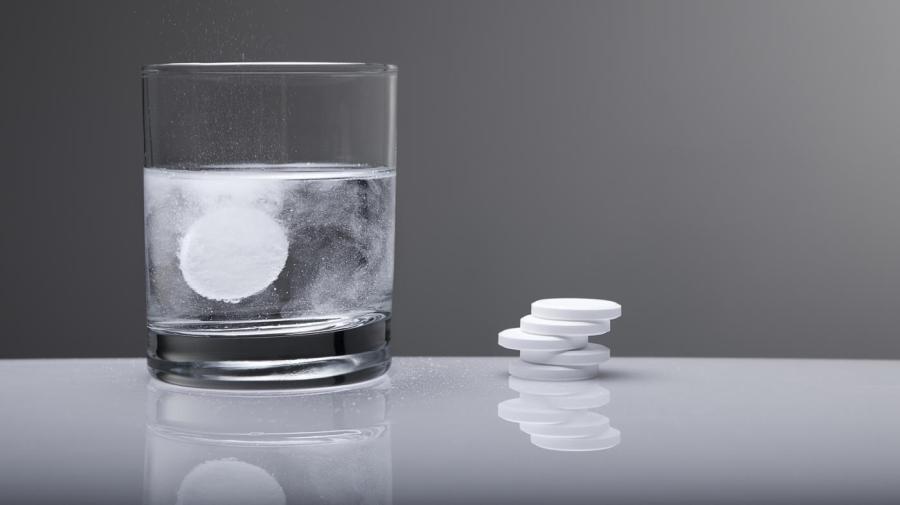What Makes Things Dissolve?

Solutions are formed when the energy of interaction between a solute and a solvent is greater than the total of solute-solute and solvent-solvent interactions. A solvent dissolves the solute. This holds true when the solute and solvent have similar properties.
According to Hess?s law, energies of every step in a process are added up to give the total energy needed for the formation of a solution, referred to as “enthalpy.” Enthalpy of a solution is the difference between the energy needed to separate a solvent and a solute, and the energy released when the solvent and the solute combine to form a solution. Therefore, enthalpy of a solution can be written as ?H1+?H2+?H3. Energy required to pull solvent molecules and solvent ions away from each other is ?H1. The energy required to pull solute molecules and solute ions away from each other is ?H2. The energy released when the solvent and the solute combine to form a solution is ?H3. The solubility rule is that similarly structured substances dissolve each other.
For example, oil does not dissolve in water as it has van der Waals forces and water has hydrogen bonding. Water is stabilized by the dipole-dipole forces with other water molecules and is destabilized with oil. Thus, the above principle works for solute and solvents having common structural features.





